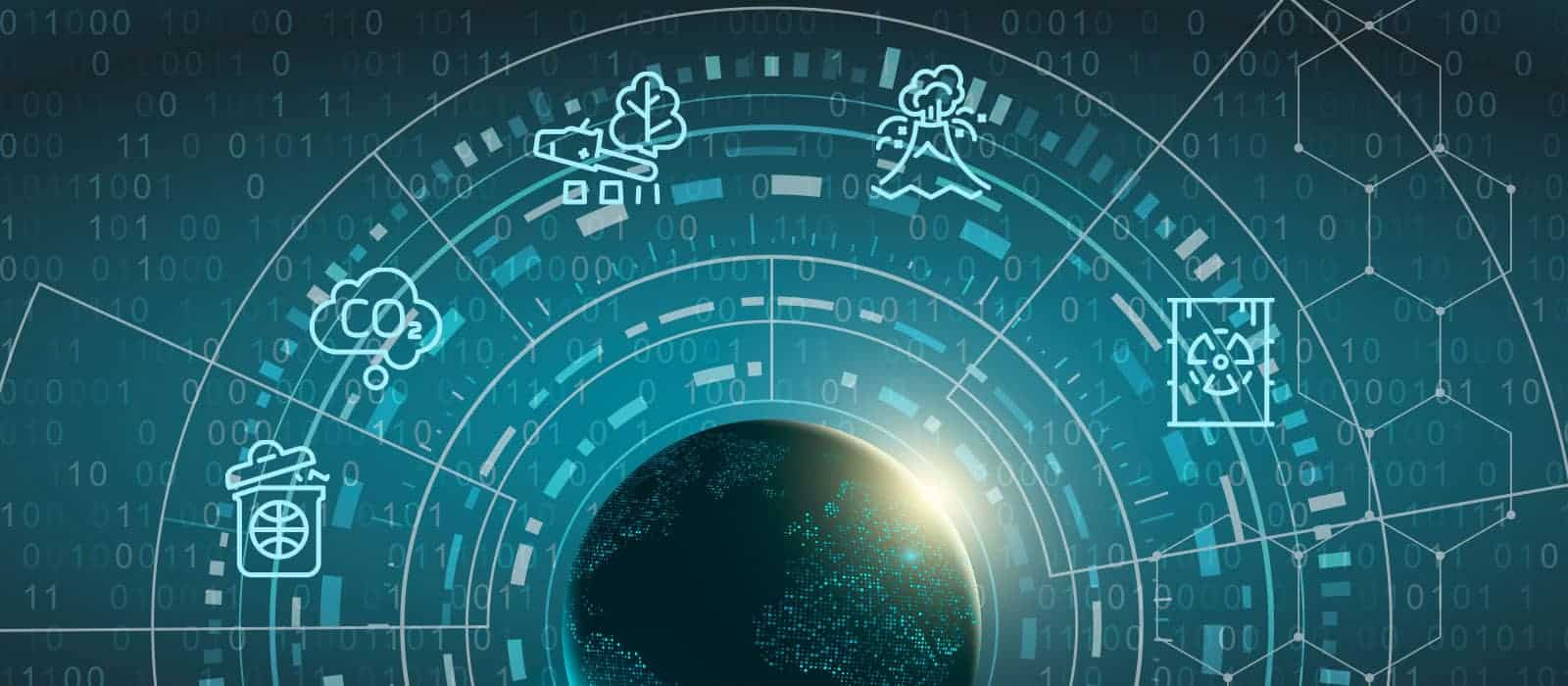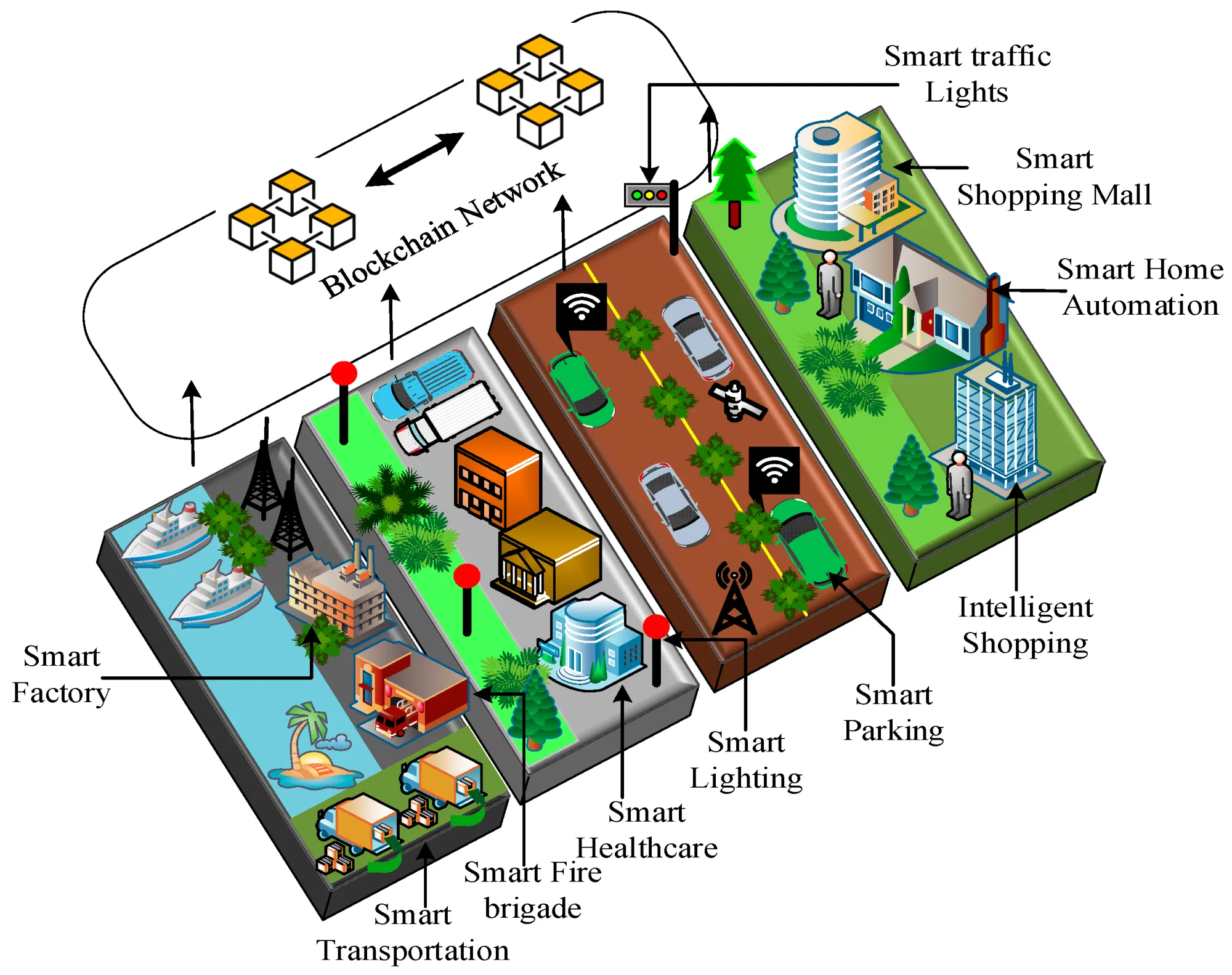Blockchain Technology: A Game Changer for Disaster Management?

As natural disasters continue to wreak havoc around the world, the need for efficient and transparent humanitarian aid systems has never been more pressing. One promising technology that could revolutionize disaster management is blockchain. Known for its role in cryptocurrency, blockchain also offers significant potential for improving disaster response and management through its unique characteristics.
Understanding Blockchain
Blockchain is a decentralized, distributed ledger technology that records transactions across multiple computers. This ensures that the record is transparent, immutable, and secure. Each transaction, or "block," is linked to the previous one, forming a "chain." This chain of blocks is maintained by a network of computers, which collectively validate and record transactions.

Blockchain's Role in Disaster Management
- Enhanced Transparency and Accountability: One of the primary advantages of blockchain is its ability to provide a transparent and tamper-proof record of transactions. In disaster management, this can be particularly valuable for tracking the distribution of aid and resources. By using blockchain, organizations can create a clear and verifiable record of how and where aid is distributed, reducing the risk of corruption and ensuring that resources reach those in need.
- Efficient Supply Chain Management: Blockchain can streamline supply chain management by providing real-time tracking of goods and supplies. This is crucial in disaster scenarios where timely delivery of aid is essential. With blockchain, each step of the supply chain can be monitored, from the point of origin to the final destination. This visibility can help prevent bottlenecks and ensure that supplies are delivered efficiently.
- Smart Contracts: Blockchain technology enables the use of smart contracts—self-executing contracts with the terms of the agreement directly written into code. In the context of disaster management, smart contracts can automate various processes, such as the release of funds based on predefined conditions. For example, a smart contract could automatically release funds to a relief organization once certain conditions are met, reducing administrative delays.
- Data Security and Integrity: During disasters, data security is paramount. Blockchain’s decentralized nature makes it less vulnerable to hacking and unauthorized access compared to traditional centralized databases. This ensures that critical information, such as victim records and resource inventories, remains secure and intact.

Challenges and Considerations
While blockchain offers promising benefits, its implementation in disaster management is not without challenges. The technology requires significant infrastructure and expertise, which may not be readily available in all disaster-stricken areas. Additionally, blockchain systems need to be integrated with existing technologies and processes, which can be complex and time-consuming.
Furthermore, the scalability of blockchain solutions needs to be addressed. In large-scale disaster scenarios, the volume of transactions and data can be substantial, and the blockchain network must be capable of handling this load efficiently.
Conclusion
Blockchain technology holds significant potential for transforming disaster management by enhancing transparency, efficiency, and data security. While there are challenges to overcome, the benefits of using blockchain in disaster response are clear. As the technology continues to evolve, it is likely to play an increasingly important role in improving the effectiveness of humanitarian aid and ensuring that help reaches those who need it most in times of crisis.

Peace Network's Vision and Mission
At the forefront of leveraging blockchain technology in disaster management is the Peace Network. Their mission is to apply cutting-edge technology to enhance the efficiency and transparency of humanitarian aid. By integrating blockchain into their operations, Peace Network demonstrates how technology can drive significant improvements in disaster response. Their approach not only addresses immediate relief needs but also fosters a more resilient and transparent system for managing and distributing aid.
Through their innovative use of blockchain, Peace Network is setting a new standard for how technology can be harnessed to support disaster management efforts. Their commitment to combining advanced tools with dedicated humanitarian work reflects a vision of more effective and equitable aid delivery, ensuring that resources are used where they are needed most and making a meaningful impact in times of crisis.

